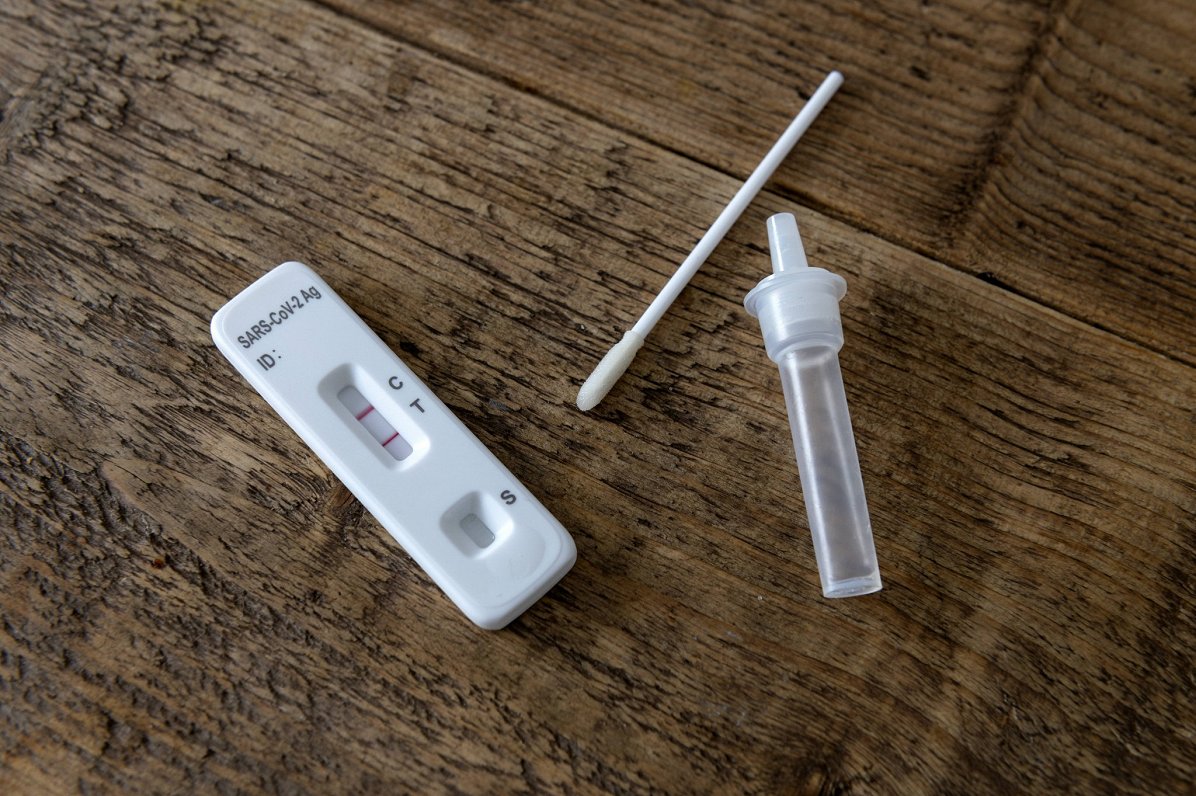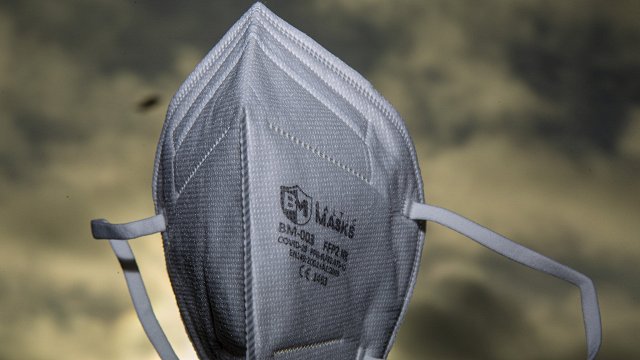The latest results of the wastewater monitoring by the National Research Institute "Bior" have shown a rapid spread of the new virus variant in several Latvian municipalities, most rapidly in Salaspils.
SPKC said that in the first week of July, 2.8% of samples were positive, 10.7% in the second week and 13.6% in the third week. A moderate increase in Covid-19 incidence was observed in the second half of May, with an average positive rate of 2.5% in early June, but the situation stabilized later.
In 2024, the highest number of patients with a primary diagnosis of Covid-19 in the major Latvian hospitals participating in the monitoring was recorded in the second week of January (159 patients), while in the third week of May only 6 patients with a primary diagnosis of Covid-19 were treated in the hospitals, and in the last week of June - 10 patients. In the third week of July, the number of inpatients with a primary diagnosis of Covid-19 was 23.
However, despite the significant increase in infection, a similarly sharp increase in the number of Covid-19 patients in hospitals was not observed, suggesting that Covid-19 infection is currently spreading mainly among younger people and is less likely to affect those at health risk - seniors and people with chronic diseases, the SPKC explained.
According to operational surveillance data, the highest number of Covid-19 deaths in 2024 - 23 patients - was also recorded during the peak period in the first week of January. As the incidence decreased, one patient with Covid-19 infection was reported dead in the third week of May, while no Covid-19 patient was reported dead in the last week of June. In the third week of July, one death was reported in a patient with Covid-19 infection.
The latest epidemiological monitoring data show that the incidence of Covid-19 has shown a clear upward trend in the last two weeks.
The increase in Covid-19 cases in early summer was due to risk factors such as increased human contact, travel and decreasing immunity to Covid-19 infections, but the increase in the last two weeks is also likely to have been strongly influenced by the spread of a new sub-type of the Omicron variant KP.1 of SARS-CoV-2, which occurred earlier in some other EU countries.
There are no indications that new strains of SARS-Cov-2, including those of the KP group, could lead to more severe clinical symptoms or very high morbidity in those affected, the SPKC noted.



























